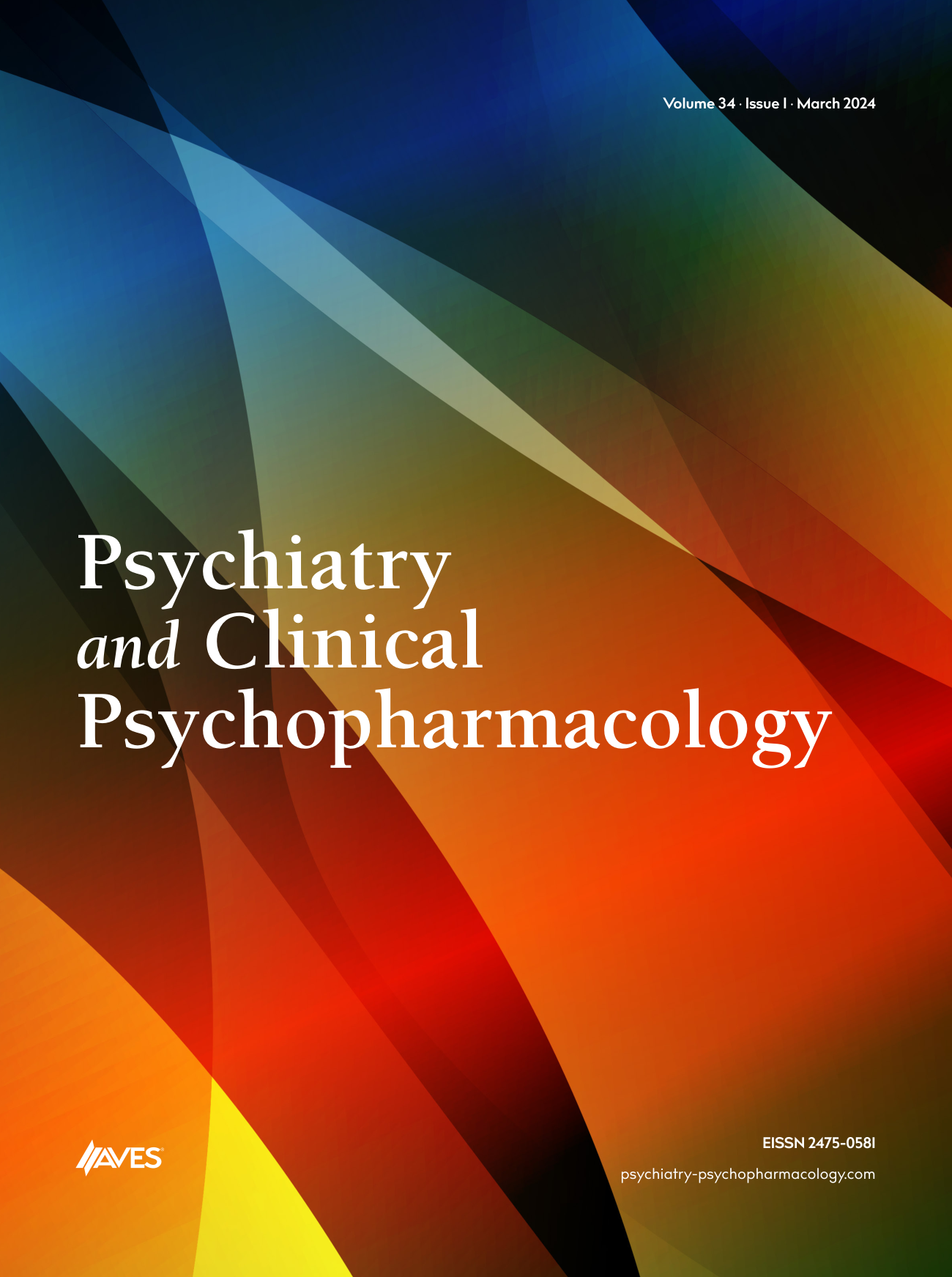Objective: The objective of this study is to evaluate the oral health in a group of bipolar patients as compared to control subjects without psychiatric illness and to study the possible relationship between oral health and clinical variables.
Methods: Two hundred forty-two patients with bipolar disorders (BP) were examined and compared with 187 healthy individuals as a control group (C). The DMF-T Index (sum of decayed, missing and filled teeth) and the CPI (Community Periodontal Index) and OHI (Simplified Oral Hygiene Index) were assessed. Sociodemographic and clinical data were retrieved from hospital records.
Results: Fifty-seven percent of (n=139) of the BP patients were female, with a mean age of 35.83±9.65 years, while the proportion was 52.4% in control group, with a mean age of 37.30±8.99 years. Mean DMFT index in patient group was 10.02±5.74 for BP and 8.14±5.21 in the control group (P= 0.002). The component of the DMFT index that exhibited the greatest difference between the two groups was decayed (D) teeth. Mean number of decayed teeth (4.58±3.57) was higher in bipolar patients than controls (2.36±2.95) (P <0.001). However, the mean number of missing teeth were 2.72±2.54 and 3.01±2.44 in BP and C respectively, the difference was not statistically significant (P=0.1). Dry mouth was more common among 62.8% of the BP patients compared with 6.4% of C group (P<0.001). The mean CPI score was found to be 2.38±0.92 for study group and 1.52±1.01 for control group. The mean OHI-S score was found to be 3.04±1.29 for study group and 2.05±1.08 for control group. CPI and OHI-S score differences between two groups are statistically significant (P<0.001). The present study also revealed a higher prevalence of severe periodontal diseases particularly shallow pockets of 37.2% for bipolar patients compared with 13.9% of the control group and deep pockets 9.9% for bipolar patients compared with 2.7% of the control group (P < 0.001). D, M, F, DMFT, CPI and OHI scores were compared in different pharmacological treatment groups (mood stabilizer monotherapy, mood stabilizer + antipsychotic combination, polypharmacy) among BP patients. The number of decayed teeth was lower in mood stabilizer monotherapy group comparing with the polypharmacy groups (p=0.01) while the other parameters were similar in different treatment groups (P>=0.05).
Conclusion: This study has shown that bipolar outpatients population has more carious teeth, similar extracted and filled teeth, more advanced periodontal disease, poorer oral hygiene, and more frequent xerostomia than general population.



